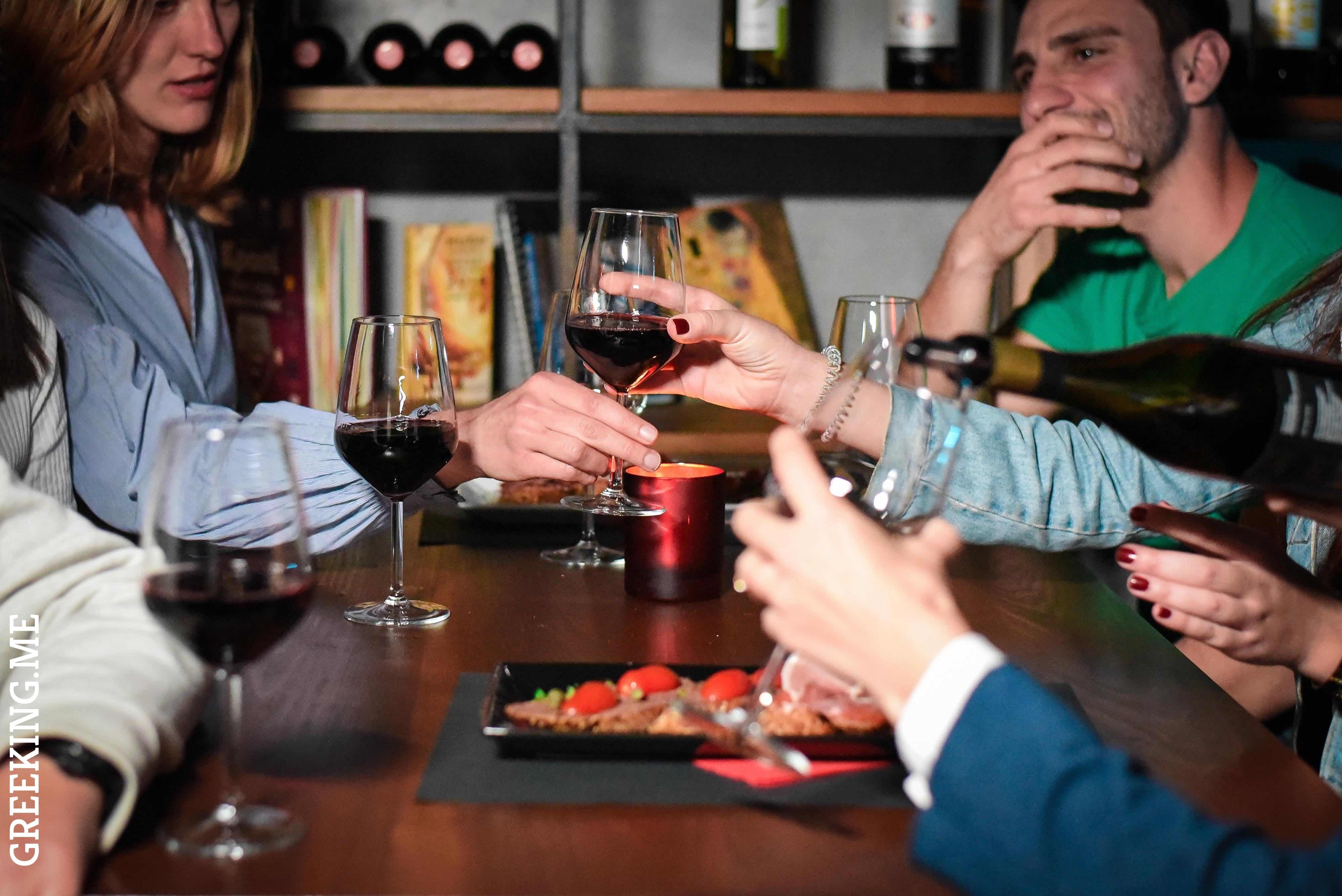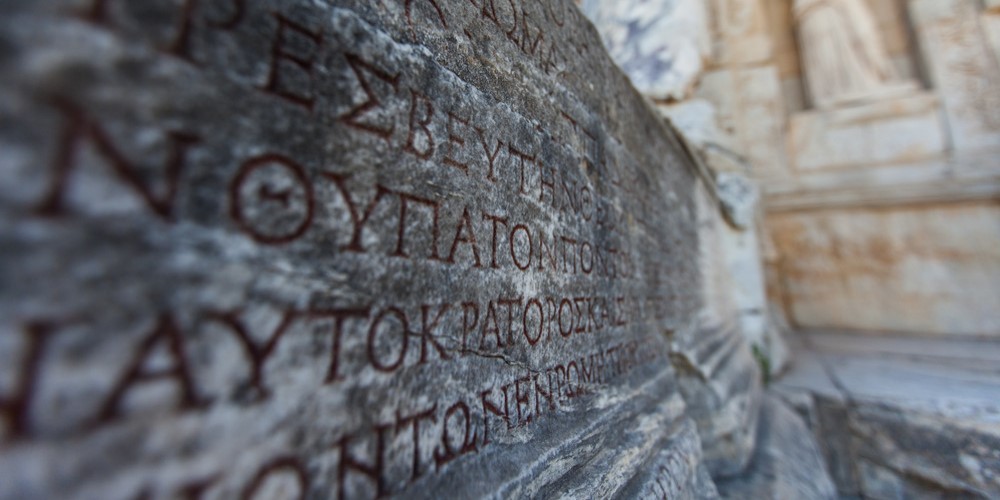
Traditional Greek Weddings: Timeless Customs and Ceremonies
Key Takeaways
- Traditional Greek weddings blend ancient customs with modern touches.
- The exchange of rings and 'stefana' crowns signifies unity and blessing.
- Lively dances like Tsamiko and Sirtaki emphasize togetherness.
- The Greek Orthodox Church plays a crucial role in the ceremony.
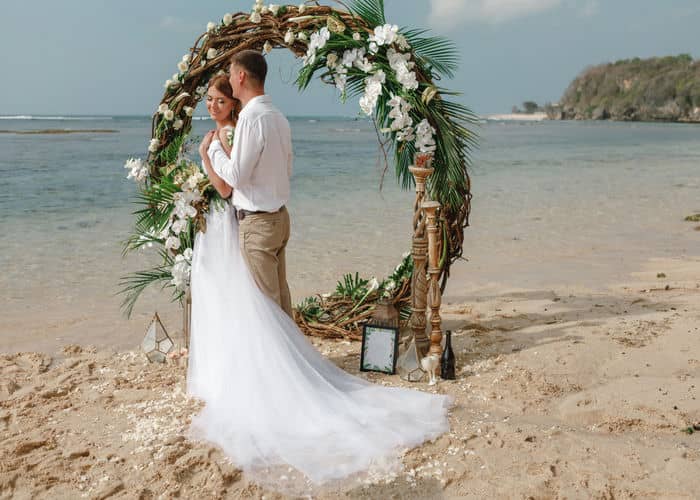
From the vibrant dances to the meaningful rituals, traditional Greek weddings are filled with symbolism and love, creating an unforgettable experience for couples and guests alike.
No Greek wedding party is complete without communal dances, as they emphasize togetherness and joy.
Incorporating both ancient customs and modern touches, each Greek wedding is unique.
This combination allows each wedding to be a personal reflection of the couple while honoring long-standing traditions.
History And Significance Of Traditional Greek Weddings

Traditional Greek weddings are rich with history and cultural significance.
These weddings are deeply influenced by ancient customs and religious practices, reflecting the connection between the past and present in Greek society.
Origins Of Greek Wedding Customs
Greek wedding customs date back to ancient times.
They include rituals like the bond of 'Sympathia,' symbolizing unity, and offerings to gods, which were common in ancient Greece.
Betrothal ceremonies have long been a significant precursor to marriage, showcasing the couple's commitment.
Offerings often involved flowers, grains, and fruits.
Exchanging rings traces back to these times, signifying the eternal bond.
These customs celebrate not only the union of two people but also their connection to family and community.
Influence Of Ancient Greek Traditions On Modern Practices
Ancient Greek traditions still impact modern wedding practices. While some rituals have evolved, the essence remains the same.
The Crowning Ceremony, where couples wear crowns, traces back to ancient rituals recognizing them as king and queen for a day.
The ritual of circling the altar reflects old practices of walking around a sacred fire.
Greek dancing, like the 'Syrtaki,' a traditional dance, emphasizes community involvement and celebration.
Through these acts, the lively spirit of ancient Greece continues in contemporary weddings.
The Role Of The Greek Orthodox Church In Weddings
The Greek Orthodox Church plays a vital role in Greek weddings.
The Betrothal Service and Crowning Service are crucial elements.
The church ceremony emphasizes spiritual and personal connections, blessing the union with holy water and prayers.
Priests guide the ceremony, highlighting the importance of faith in marriage.
Numerous symbols, such as candles and incense, are used to embody spiritual purity.
By integrating ancient beliefs with Christian values, the church maintains a balance of tradition and faith, underpinning the cultural significance of Greek weddings.
Pre-Wedding Traditions And Customs
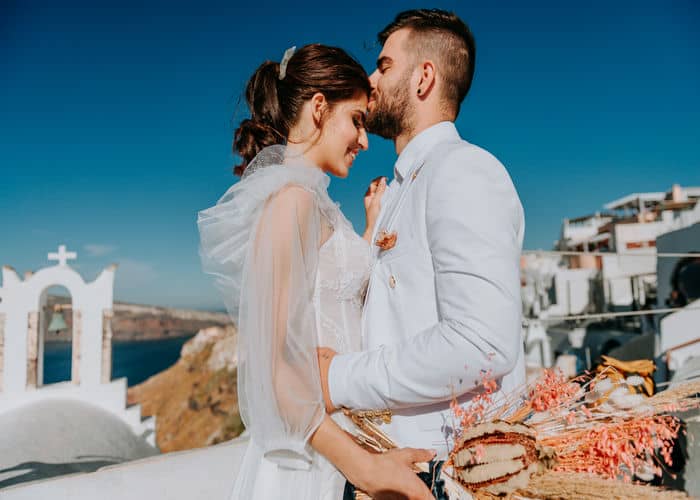
In Greece, weddings are celebrated with a variety of meaningful and elaborate pre-wedding traditions.
These customs include engagement ceremonies, special preparations for the bride and the groom's friends, and the symbolic ritual of the Krevati, or making of the marital bed.
Engagement And Betrothal Ceremony
Engagement ceremonies in Greek culture often carry as much importance as the wedding itself.
During this event, families come together to witness the promise of marriage.
The betrothal is marked by the exchange of rings, traditionally blessed by a priest.
This moment signifies a formal commitment and is often followed by a celebratory gathering.
Both families may also offer blessings and gifts to the couple, expressing their joy and support for the union.
These events emphasize the significance of family involvement and set the tone for the upcoming wedding celebrations.
Preparation Rituals For The Bride And Groom
Before the wedding, both the bride and the groom participate in distinct preparation rituals.
The bride (sometimes not only the bride) often enjoys a pampering session with friends and family, including hairstyling and makeup.
She may also wear special attire, such as a traditional veil, symbolizing her transition to married life.
The groom engages in similar preparations, sometimes involving a symbolic shave performed by a close friend.
This act is said to represent a fresh start and a commitment to his new role as a husband.
Through these rituals, both the bride and groom are made ready, not just physically, but emotionally and spiritually for their married life.
The Significance Of The 'Krevati'
The Krevati, or making of the marital bed, is a cherished tradition in Greek weddings.
This event occurs a few days before the wedding date and involves loved ones, including relatives and single friends, gathering to present gifts and well-wishes.
The bed is adorned with money, rice, and flowers, each symbolizing prosperity, fertility, and happiness.
The ritual may also involve playful acts like rolling a baby across the bed, believed to bless the couple with children.
The Krevati fosters a sense of community and marks the blending of two families, heralding the upcoming union.
The Traditional Greek Wedding Ceremony

A Greek wedding ceremony is known for its deep traditions and religious significance.
Each part of the ceremony, from the role of the church to the symbolic rituals, plays a meaningful role in the joining of the bride and groom.
The Betrothal Service
The Betrothal Service is the first main part of the Greek wedding ceremony.
During this service, the priest blesses the couple's wedding rings, placing them on their right hands.
The rings are exchanged three times by the best man, symbolizing their mutual agreement to marry.
This service not only symbolizes the promise to marry but also the continuous prayers for a loving, faithful, and prosperous life together.
The three exchanges of rings highlight the Holy Trinity, strengthening the spiritual bond between the couple.
The Crowning Ceremony
The Crowning Ceremony is a highlight of the Greek wedding.
The priest places crowns, or 'stefana,' on the bride and groom's heads, which a silk ribbon connects.
The crowns signify the honor and glory bestowed upon them as a married couple.
These crowns are swapped three times over the couple's head, symbolizing a shared plan to build a future together.
This portion of the ceremony highlights partnership and the shared responsibilities of marriage, cementing the couple's intention to work together through life.
The Common Cup And The Dance Of Isaiah
After the crowning, the couple drinks from a shared cup of wine three times.
This ritual represents the life they will share - joy and hardships alike. It symbolizes unity and the willingness to share all aspects of life.
Following the Common Cup, the Dance of Isaiah occurs.
The priest leads the couple around the altar three times, with the bridesmaids and groomsmen holding the ribbon.
This dance is a joyful proclamation of their commitment and a prayerful acknowledgment of their new life.
Walking Around The Table Three Times
This joyous part of the ceremony involves the bride and groom walking around the altar three times.
This ritual, known as "The Dance of Isaiah," signifies their first steps together as a united couple, supported by friends and other family members.
Walking around the table underscores the commitment they have made and blesses their journey ahead.
It signifies a path full of trust, love, and shared responsibilities, witnessed by the community that surrounds them.
Post-Wedding Traditions And Celebrations

Greek weddings conclude with lively celebrations filled with dancing, various symbolic roles, and popular traditions.
The koumbaros or koumbara plays a key role, and dances like the Kalamatianos are central to festivities.
The Koumbaros/Koumbara
In many Greek weddings, the koumbaros (male) or koumbara (female) serves as a spiritual sponsor or guardian for the couple.
This role goes beyond the ceremony, extending to the bridal party and covering practical tasks or supporting the newlyweds in different ways.
Traditionally, the koumbaros or koumbara is involved in planning or leading important parts of the celebrations.
They might offer the first wedding toast or organize games and dances for entertaining the guests.
It is a role of honor and importance, reflecting the bond that they hold with the couple.
Wedding Reception Traditions
The wedding dinner and reception is a time for dancing, singing, and joyous gatherings.
The dance floor open with the couple dancing in the arms of each other. Then the bride's father dances with the bride, which is a sentimental moment and a highlight of the whole night.
Commonly, the kalamatianos dance is enjoyed by all.
Drinks like wine, hard liquer, and ouzo flow freely as guests enjoy the celebration.
A wedding banquet follows, featuring traditional Greek dishes, creating a festive atmosphere.
Songs that celebrate love and happiness make up the background, enhancing the joyful experience for everyone present.
The Kalamatianos Dance
The Kalamatianos is one of the most well-known traditional dances performed during Greek wedding receptions.
This Greek folk dance is done in a circle, symbolizing unity and community.
Traditionally, it features steps that are easy to follow, allowing guests of all ages to join in.
The dance includes a leader known as the proti, who leads the circle, showing grace and skill.
With lively music and fast-paced rhythm, the Kalamatianos encourages guests to partake in the collective joy, making it a highlight of the wedding festivities.
This dance is an essential part of celebrating newfound love and union.
Of course, many more traditional dancing takes place, but Kalamatianos is a staple no wedding lacks.
Modern Adaptations Of Traditional Greek Weddings
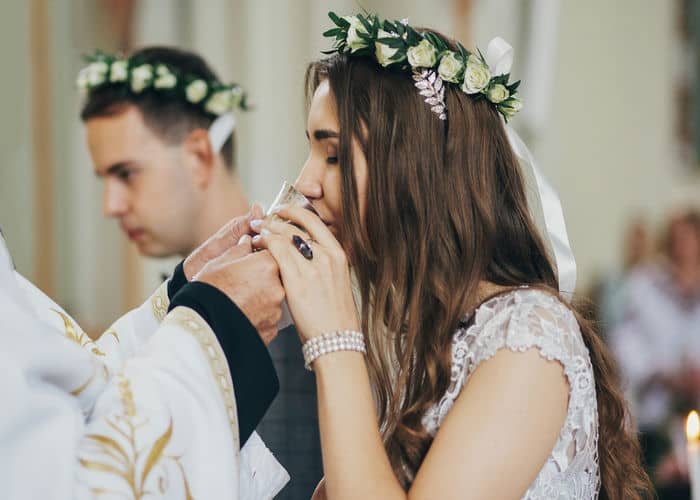
Modern Greek weddings often blend classic customs with fresh approaches.
Couples adapt rituals to fit contemporary lifestyles while still honoring their rich heritage.
How Contemporary Greek Couples Incorporate Traditional Elements
Contemporary couples retain many beloved Greek wedding traditions.
The exchange of koufeta (sugared almonds) remains popular, symbolizing the sweet nature of marriage.
The stefana crowns, traditionally used during the ceremony, are often crafted with modern materials but still symbolize unity.
While dowries are no longer expected, some families keep items like heirloom jewelry as cherished wedding gifts.
Music and dance, central to Greek weddings, mix traditional folk tunes with modern hits, ensuring both young and old enjoy the celebration.
Balancing Modernity With Tradition
Balancing the old and new in Greek weddings can be challenging.
Modern couples often seek simplicity, moving away from huge, elaborate events to an intimate dream wedding.
However, they respect key traditions like the Orthodox church ceremony, maintaining its sacred significance.
Fashion often reflects this balance.
Brides might choose more contemporary styles while incorporating traditional elements like lace or elaborate veils.
Similarly, grooms may wear modern suits with nods to heritage, such as a traditional boutonnière.
This blend of styles ensures that both tradition and personal style shine.
Examples Of Modern Greek Weddings
Recent Greek weddings showcase creative combinations of tradition and modern flair.
Some couples opt for destination weddings on Greek islands, offering a scenic twist while maintaining essential customs.
For example, the Greek dance circle remains a staple at receptions, though often accompanied by a DJ playing popular music.
Menu choices now include fusion dishes alongside beloved Greek cuisine, appealing to a range of tastes.
Eco-friendly options like digital invitations and sustainable decor integrate new environmental awareness with cultural celebration.
These examples highlight how modern couples create personalized yet culturally respectful weddings.
Common Symbols And Their Meanings In Greek Weddings

Traditional Greek weddings are rich in symbolism, representing unity, love, and shared life experiences.
Here are some important symbols and their meanings in Greek weddings.
The Stefana
The stefana, or wedding crowns, play a vital role in Greek weddings.
These crowns are often made of flowers, metal, or pearls and are connected by a white ribbon. This symbolizes the union of two lives into one.
During the ceremony, the crowns are placed on the bride's and groom's heads by the koumbaros or koumbara, who is often the best man or a close friend.
The crowns, joined by the ribbon, stand for togetherness and equality in marriage.
The couple is crowned to signify their status as king and queen of their home. This emphasizes the shared responsibilities and leadership within their relationship.
The Common Cup
The common cup in a Greek wedding symbolizes the mutual sharing of life’s joys and sorrows.
During the ceremony, the couple takes three sips from the cup, which is usually filled with sweet red wine.
This act reflects a commitment to share everything equally.
The number three holds significance as it is associated with the Holy Trinity in the Greek Orthodox faith.
By participating in this ritual, the bride and groom affirm their intent to face life’s challenges together.
The common cup signifies the blending of their lives, emphasizing an unbreakable bond.
The Dance Of Isaiah
The Dance of Isaiah is a central moment in the Greek Orthodox wedding ceremony.
After the exchange of rings and crowns, the priest joins the couple's hands with his stole and leads them in a circle around the altar.
This dance symbolizes the journey of life shared together.
Accompanied by hymns, this circular walk represents eternity and unity.
The koumbaros or koumbara may walk closely with them, showing support and encouraging their new life path.
The circle signifies the eternal nature of marriage, with no beginning or end.
Koufeta
Koufeta are sugar-coated almonds given to guests at on the wedding day.
They are typically presented in odd numbers, which cannot be divided, reflecting the indivisible state of marriage.
The hard almond shell symbolizes the endurance of marriage, while the sugar coating represents sweetness of life.
Traditionally, these are white to signify purity, but can be found in various colors like silver or gold.
Guests receiving koufeta are reminded of the couple’s commitment with this gesture of gratitude.
Each almond also conveys hopes for fertility, happiness, and prosperity in the newlywed’s life together.
Final Thoughts

Traditional Greek weddings are known for vibrant celebrations that include music, dance, and unique rituals.
This stands true for Greek American weddings as well, as comedically shown in the 'Big Fat Greek Wedding' movie.
The entire event is a beautiful blend of spirituality, family involvement, and cultural celebration, emphasizing community and happiness.
It highlights the importance Greeks place on marriage as a sacred and joyous occasion.







